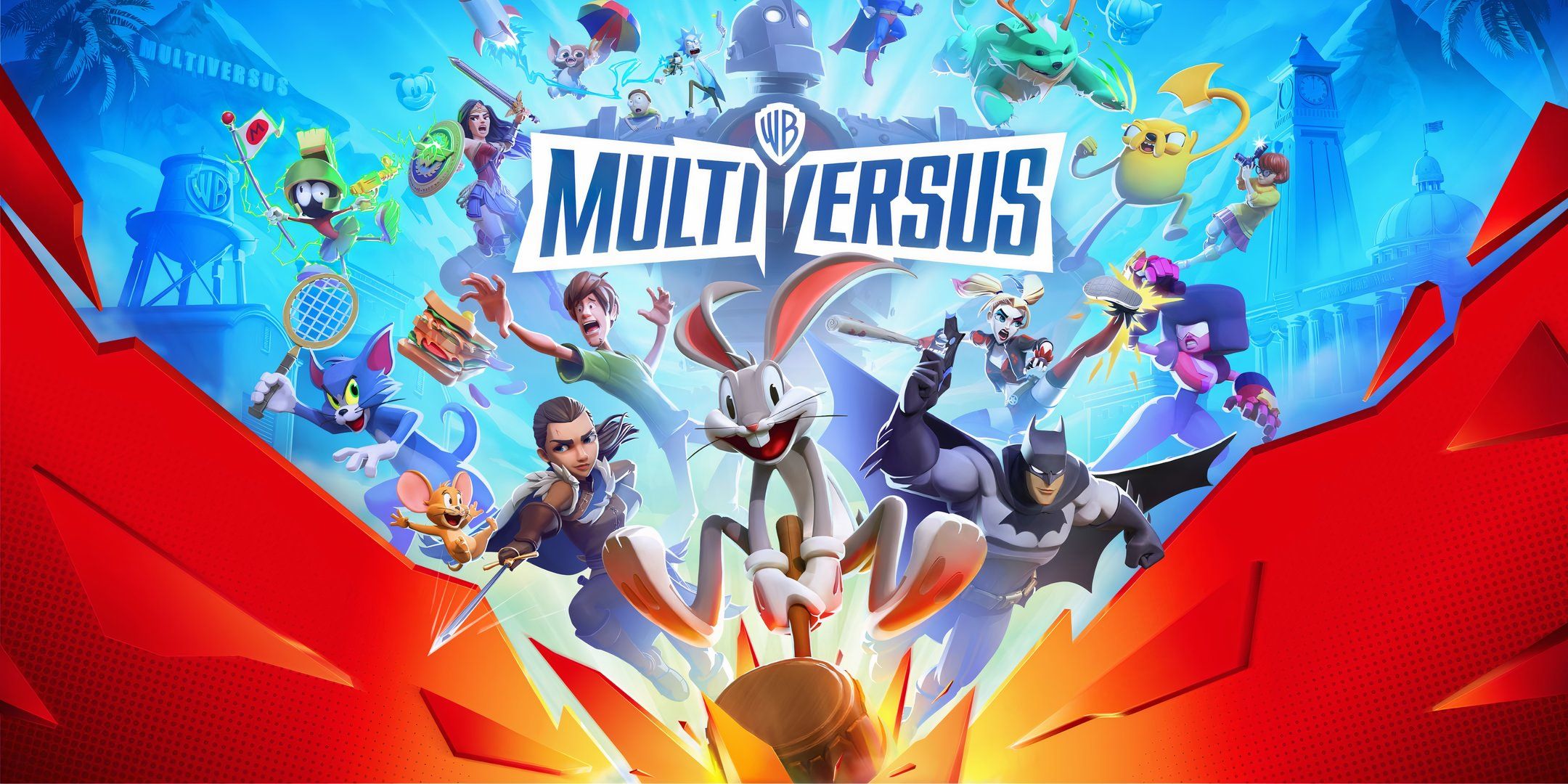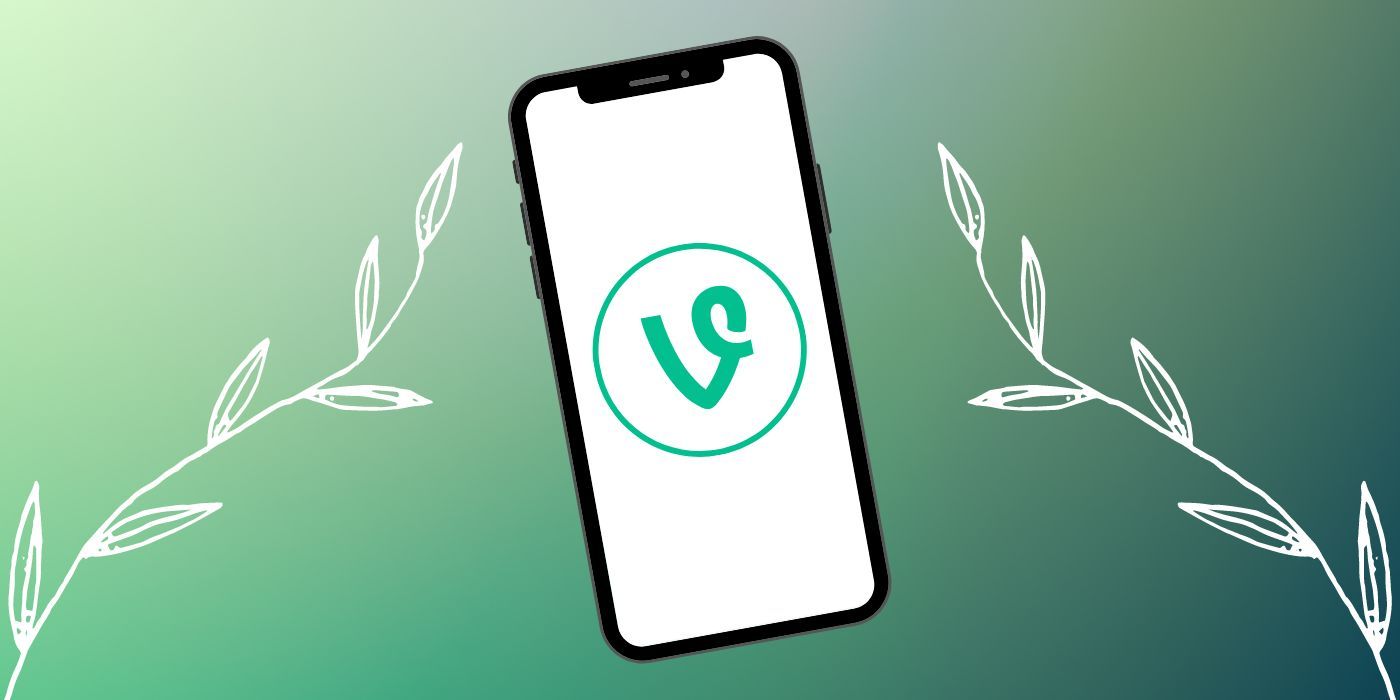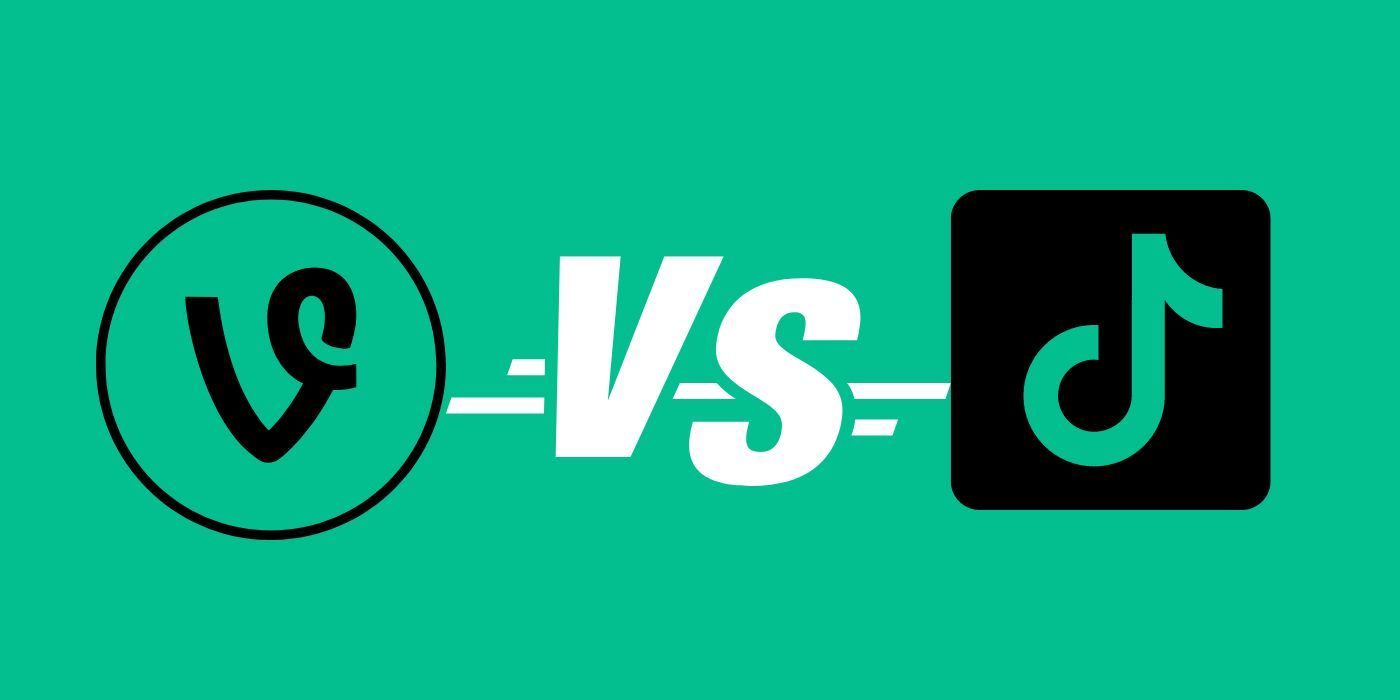Many people have heard of Vine, the early trendsetter for short-form video, but never used it or even knew why it failed to be a significant player in social media. While it fell out of popularity, fans of the app didn’t forget it. But now, thanks to Elon Musk, old users are feeling nostalgic and hopeful that the platform could get its day to shine again.Musk’s acquisition of Twitter means significant changes for the social media platform. He has many plans for the buyout. For example, he mentioned his desire to develop ‘X,’ an app that would offer many services under one umbrella. But, there is one idea that Musk teased that many fans are anticipating. In a tweet, Musk asked users in a poll if he should “Bring back Vine?” Millions of users responded, and over 69 percent of them voted yes!
Vine was the kickstart to short-form video but was ahead of its time and needed help to bring in funding. Founded by Dom Hofman, Rus Yusupov, and Colin Kroll, the platform allowed users to post up to six seconds of footage. Users captured footage in-app, with limited editing features, prompting users to get creative with their content. The app was quickly sold to Twitter, complimenting Twitter’s short-form text social media platform. The app launched in 2013 and quickly became the top video-sharing application. Unfortunately, the success was short-lived. As other apps began to adopt short-form videos into their applications offering higher monetary earnings, the users with the most followers began to flee Vine and move to other platforms. By 2016 marketers were leaving the platform, and Vine shut down at the beginning of 2017. Twitter tried to save the app by reintroducing it as Vine Camera, where users could record the six-second footage on the app, but it would upload to Twitter instead. However, their efforts received poor reviews.
Could Vine Survive Today?
From 2017-2019, individuals could watch old Vine videos through Twitter’s internet archive. But consumers online crave new footage and demand change from the monotonous environment of stagnant social media platforms. That is why TikTok has become such an enormous success. The ByteDance app is pretty much Vine 2.0. The creators studied where Vine failed and created a behemoth of a social media platform worthy enough to take on Meta and Google. For instance, TikTok’s short videos start at 15 seconds after noticing that Instagram’s 15-second videos and longer achieved better conversion results for marketers. Vine also failed to offer content creators compelling monetary incentives, but TikTok gives creators a chance to connect with sponsors directly in the app in addition to the TikTok Creator Fund. Then, of course, there are also the many filters and editing tools TikTok continually adds to their app. The bottom line is if Vine was to climb its way from the grave, it might get kicked back in and buried by a fierce rival––unless Musk has an idea to give its revival some edge.
Ultimately, the failure of Vine stemmed from Twitter’s passion for being content. Twitter recognizes what it has going for them and offers minimal change over time. As a news outlet, this angle works. However, Vine’s success stemmed from its entertainment value and, as such, needed to offer more overtime for its users. While Vine was functioning: the lack of camera editing tools moved users toward Snapchat; the absence of monetary incentives drove their most famed users toward YouTube and Instagram. The future of Twitter and its assets, such as Vine, may look different now that Musk has acquired Twitter. Musk already piqued the interest of millions with his poll. With millions of previous users ready to rejoin the platform, it would lend the relaunch an advantage. But if Musk intends to go head-to-head with TikTok, it would need to offer creators and viewers much more than Vine did in the past.
Sources: Elon Musk / Twitter, Twitter






